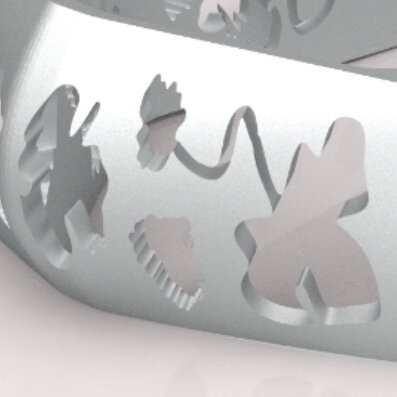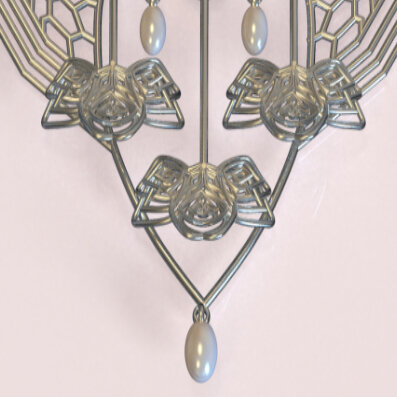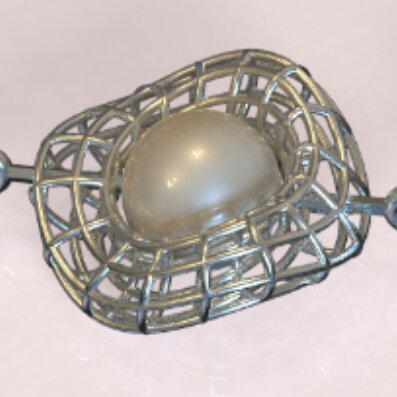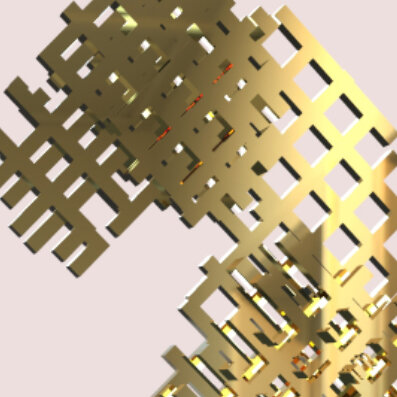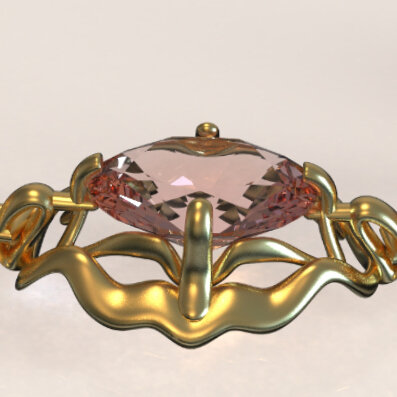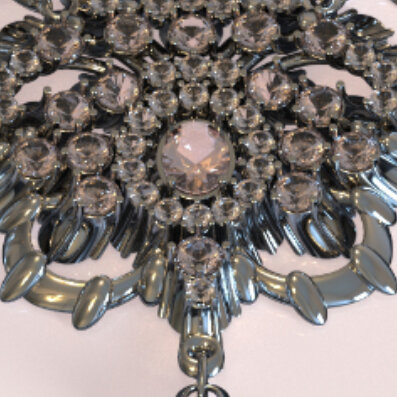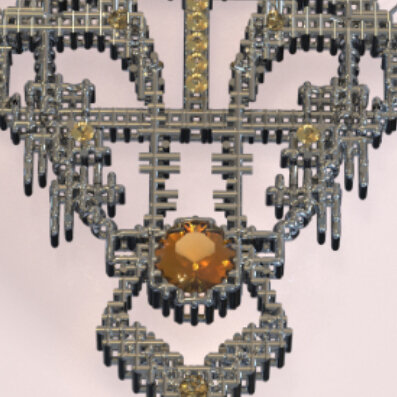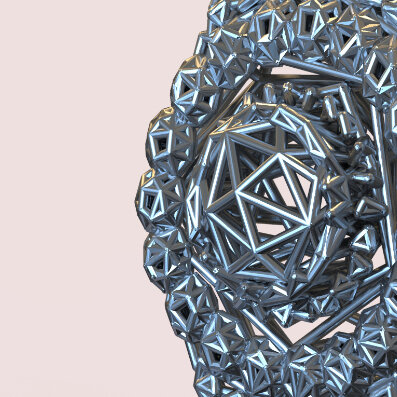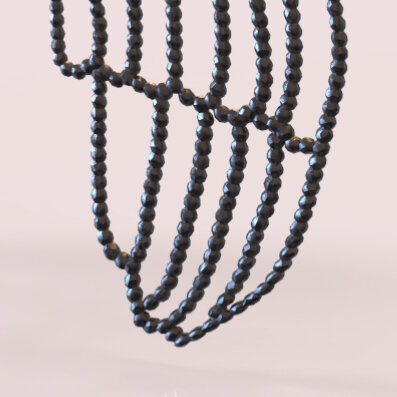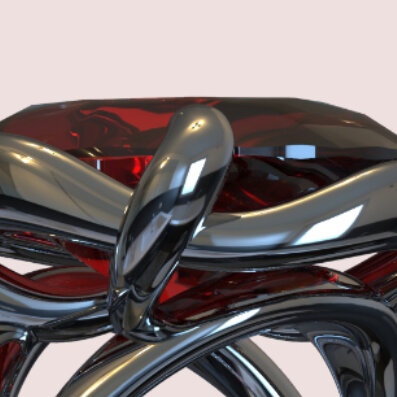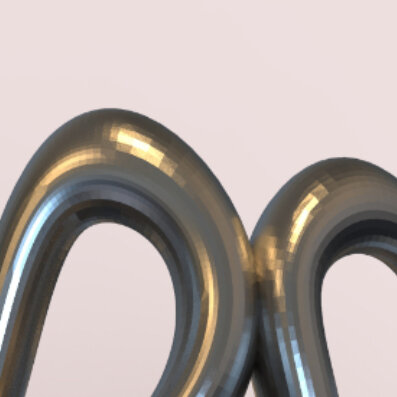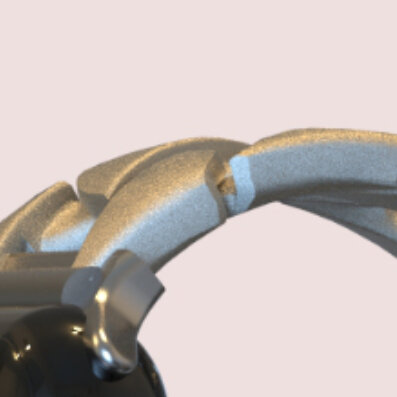DIGITAL ECHOS
Reimagining Jewelry Through Archives and Technology
This project explores the intersection of historical archives and contemporary production technologies—an artistic, material, and technological investigation into the value and relevance of artifacts in the age of digital manufacturing. At its core, the project examines how 3D printing technologies can serve as a means of reactivating and reinterpreting jewelry artifacts housed in museum archives.
How has the advancement of digital technology reshaped our methods of making? What impact do today's digital tools have on traditional craftsmanship and its relationship to materials? This project seeks to critically examine how technological innovation influences both our visual culture and the processes through which we create.
The project is divided into three main components:
Historical and Contextual Study
The first phase consists of a research-based study of jewelry history and the narratives embedded in specific pieces from 1800 to the present. The objective is to trace the evolution of jewelry in parallel with technological developments. This research will be conducted within the archives of the Nationalmuseum in Stockholm, Sweden. Selected artifacts will be analyzed and contextualized, resulting in a visual and textual timeline that reflects the relationship between jewelry and innovation. The findings will be compiled and presented in a printed and digital publication.
Artistic Interpretation and Production
The second phase is a practice-led investigation in which traditional jewelry from the museum’s archives is reinterpreted through contemporary techniques and aesthetics. By recontextualizing these objects using digital media, the project invites viewers to engage with familiar forms through a new lens—disrupting conventional perceptions and offering fresh interpretations. This part of the project explores the dynamic relationship between material history, context, and digital craft, culminating in a collection of 20 newly created jewelry pieces that synthesize traditional and contemporary approaches.
Digital Dissemination and Open Access
The final phase focuses on digital dissemination. A dedicated project website will host all research outcomes, including the full publication and documentation of the jewelry pieces. In alignment with open-source principles, the 20 jewelry designs will be made available for public download, enabling global access and allowing users to 3D-print the pieces themselves. This democratized approach emphasizes the importance of accessibility, knowledge sharing, and the expanded potential of digital craft.
Through this threefold approach, the project offers a critical and creative reflection on the role of archives, technology, and craftsmanship in shaping the contemporary language of jewelry.
This project was made possible with the support of
